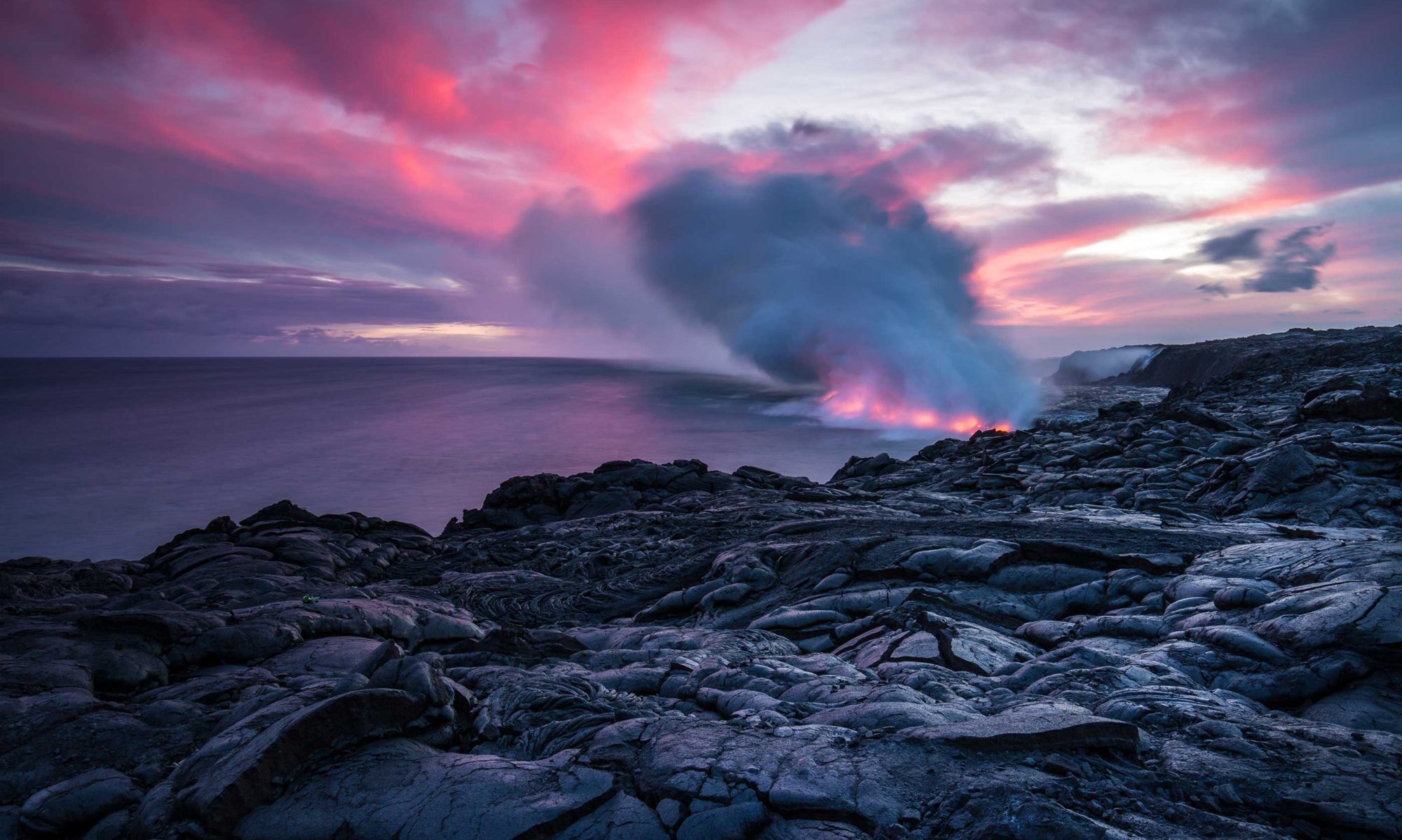A groundbreaking study has revealed that magma reservoirs persist beneath dormant volcanoes, challenging long-held assumptions about volcanic behavior. Using seismic wave imaging, researchers discovered extensive magma reservoirs beneath multiple volcanoes in the Cascade Range, including some that have been inactive for thousands of years. This finding suggests that volcanoes may remain primed for eruption much longer than previously believed, reshaping how scientists assess volcanic hazards.
The research, led by Guanning Pang of Cornell University and published in Nature Geoscience, utilized advanced seismic techniques to examine deep underground structures. These methods uncovered vast magma reservoirs beneath six Cascade volcanoes, including Crater Lake in Oregon. Previously, scientists assumed that magma chambers drained and solidified after an eruption. However, this study reveals that magma persists underground for extended periods, contradicting traditional models of volcanic dormancy.
For decades, scientists believed that volcanoes cycled between active and dormant phases, with magma chambers emptying during eruptions and solidifying over time. This new research overturns that assumption, showing that magma can accumulate slowly instead of disappearing. According to Pang, “Regardless of eruption frequency, we see large magma bodies beneath many volcanoes. It appears that these magma bodies exist beneath volcanoes over their whole lifetime, not just during an active state.” This means a volcano’s outward dormancy does not necessarily indicate inactivity beneath the surface.
The discovery of long-lived magma reservoirs raises concerns about volcanic monitoring and eruption forecasting. If dormant volcanoes still contain significant magma, they may awaken faster than previously expected under the right conditions. This has major implications for the Cascade Range, which includes high-risk volcanoes such as Mount St. Helens, Mount Rainier, and Mount Hood. Since these volcanoes are located in heavily populated areas, understanding their true state is critical for hazard assessment.
Seismic wave imaging was key in detecting these underground magma bodies, proving that advanced monitoring techniques can provide a clearer picture of volcanic activity. Previously, scientists assumed that large amounts of magma indicated an imminent eruption. However, this research suggests that the presence of magma reservoirs is a baseline condition rather than an anomaly. This shift in perception means that hazard assessments must be updated to reflect new findings.
The study also highlights the need for improved monitoring. While the U.S. Geological Survey (USGS) tracks high-risk volcanoes, many others remain under-monitored. The National Volcano Early Warning System (NVEWS) is working to enhance its monitoring network, especially in regions like the Cascade Range and Alaska, where large underground magma bodies have been confirmed.
Looking ahead, researchers plan to conduct further seismic studies to determine if similar underground magma systems exist in other volcanic regions such as Alaska, Indonesia, and the Andes. If these findings hold true worldwide, they could fundamentally change how scientists predict eruptions.
This discovery marks a new era in volcanology, proving that even dormant volcanoes can still harbor molten rock beneath their seemingly inactive exteriors. With better technology and expanded monitoring, scientists hope to refine hazard assessments and improve early warning systems, ensuring better preparedness for future volcanic events.
www.indiandefencereview.com/massive-magma-reservoirs-dormant-volcanoes/

